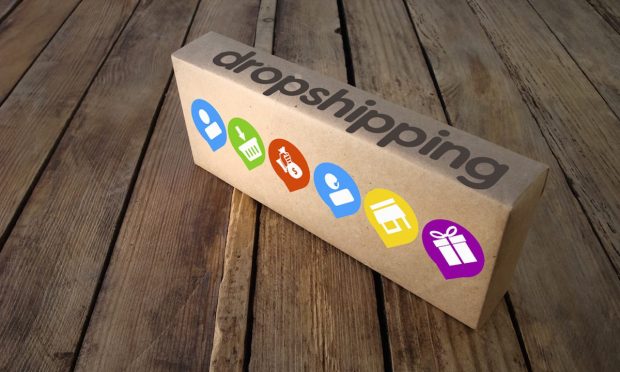B2B Fashion Marketplace FashionGo Unveils Dropshipping Service

The B2B fashion marketplace FashionGo will launch an automated payments service next year designed to help retailers expedite order and fulfillment processing.
As Tamebay reported on Monday (Nov. 15), the service — called FashionGo Dropshipping — can integrate with users’ Shopify stores. It will be free to all new and registered buyers, and open to any interested vendors.
“We are excited to be expanding our offerings to include FashionGo Dropshipping, a service that will provide buyers and vendors big and small [with] new opportunities in a quickly growing retail industry,” said Paul Lee, CEO of NHN Global, FashionGo’s parent. “The need for a convenient and reliable dropship platform has never been more apparent, and by using our credible platform with state-of-the-art technology, we intend to create a frictionless environment for users.”
Due to launch in January of 2022, FashionGo Dropshipping will onboard U.S. vendors with inventory on hand and ready for processing and shipping within a week.
The company says that with the dropshipping service, buyers will never have to acquire, store or manage product inventory, and they will have the leverage to scale their businesses and adapt to consumer trends in an age of shipping delays and low inventory counts.
Read more: B2B Fashion Marketplace Taps New Sales With Virtual Trade Shows
PYMNTS spoke to Lee earlier this year in a report about the B2B fashion sector and the rise of virtual trade shows. At the time, FashionGo had just hosted its second virtual FashionGo Week, where vendors and buyers could connect directly online.
“Many retailers are transitioning and developing their online presence for obvious reasons and investing in their online sales,” Lee said. “And I would say some of our retailers who have online storefronts only have enjoyed record sales during a peak season since Sept. 20.”
Speaking to PYMNTS’ Karen Webster, Lee said there’s room for a new hybrid model that turns the brick-and-mortar trade show into a virtual event. It provides a cost-effective, efficient way for the company’s 1,400 brands or vendors and 756,000-plus registered retailers to connect and do business.
“From a time commitment standpoint, there are only so many vendors and brands that you’re going to make appointments with [at a physical trade show],” said Lee. “But the virtual option can be essentially limitless in terms of the interactions to browse or procure merchandise.”